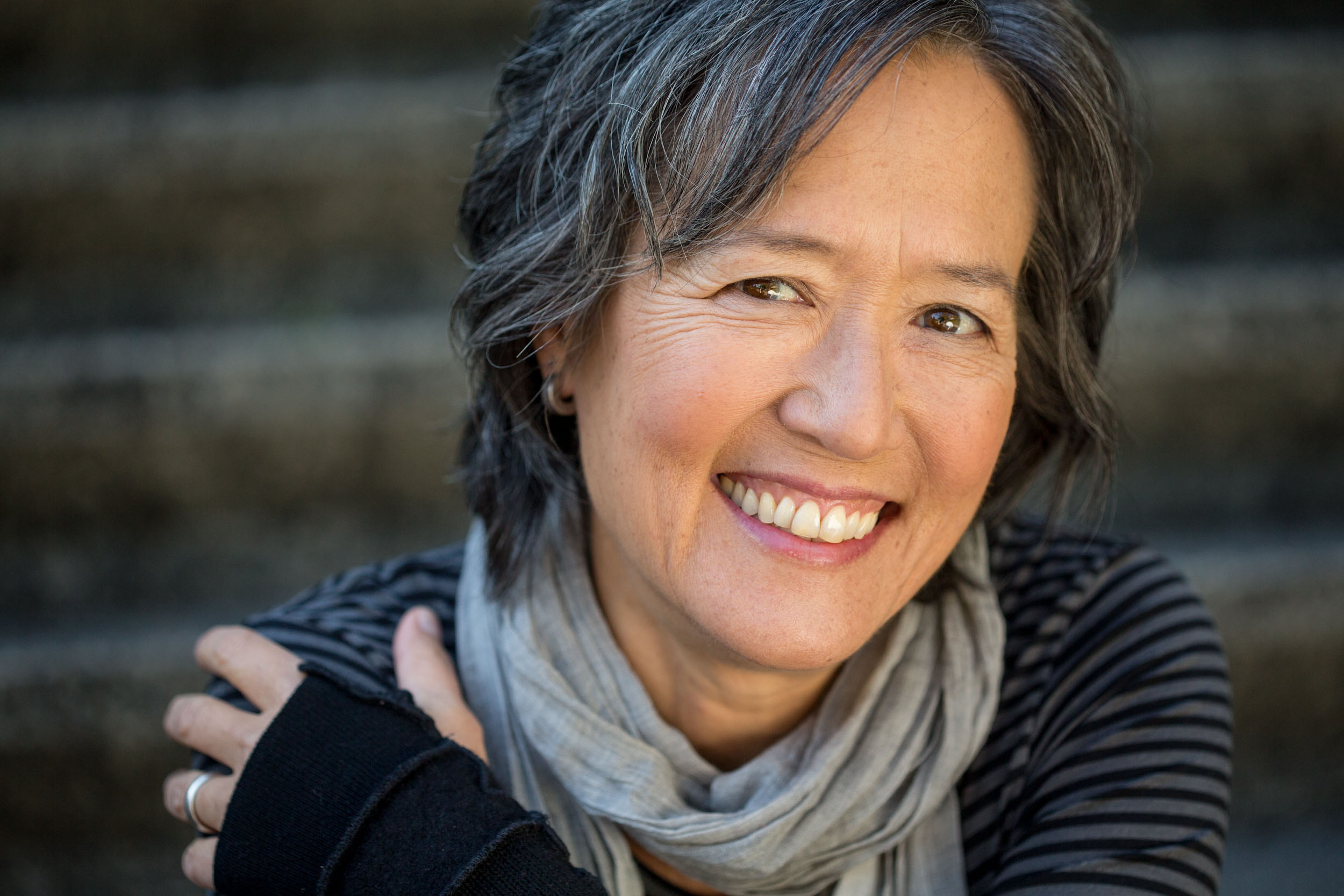Ruth Ozeki's recent novel, the 2013 Man Booker-shortlisted "A Tale For the Time Being," is best described as a hybrid: a fictional masterpiece with footnotes and appendices like a research paper; a colorful scrawl of inventive creativity marked by scientific asides ranging from ocean gyres to quantum mechanics; a playful meta-fiction, the memoir Ozeki never wrote — an unforgettable Zen collusion of time and space housed within a paper shell.
In defying simple classification, the novel becomes a metaphor for Ozeki herself. As her character Jiko might say, someone neither this nor that, "not same not different." Ozeki calls it a "hyphenated identity." "I'm half Japanese, half Caucasian-American ethnically or racially, but my citizenship is Canadian/American so it gets even more complicated," she says during in a recent interview. "And in terms of my profession, I am a novelist/ filmmaker, and a Buddhist priest as well. In stacking these identities on top of each other, I now view this as very enriching and natural. I think most people have much more complex identities than what first appears. We are really fixated on specifying our identity in this culture and this age we are in, but identity is actually very complex." Much like Ozeki's bestselling novels.
"A Tale for a Time Being" is Ozeki's third, and for an artist who started out making documentary films, it seems natural Ozeki brings an agglomeration of research to all of her works. Her first novel explored industrial agriculture and fertility, her second, genetic engineering and corporate corruption. All her works somehow contain an element of Ozeki herself. "In a way, I inhabit all the characters at least for a short period of time," Ozeki admits, and nowhere is that more evident than in "A Tale for a Time Being." Ozeki is, yet is not exactly, the character Ruth in the novel, a writer living on a small island in British Columbia who discovers a diary washed ashore that may, or may not, be debris from the March 11, 2011, tsunami. As Ruth the protagonist unravels the riddle of the diary and its accompanying mysteries — a wristwatch from a World War II kamikaze pilot, some letters in Japanese — she also penetrates the mystery of the diary's young narrator, Nao Yasutani, a Japanese girl who may or may not be considering suicide. Along the way, Ozeki the author considers a wide spectrum of modern issues and ideals — a complicated consideration of being, as an author and reader, that impressed the Man Booker judges.















With your current subscription plan you can comment on stories. However, before writing your first comment, please create a display name in the Profile section of your subscriber account page.